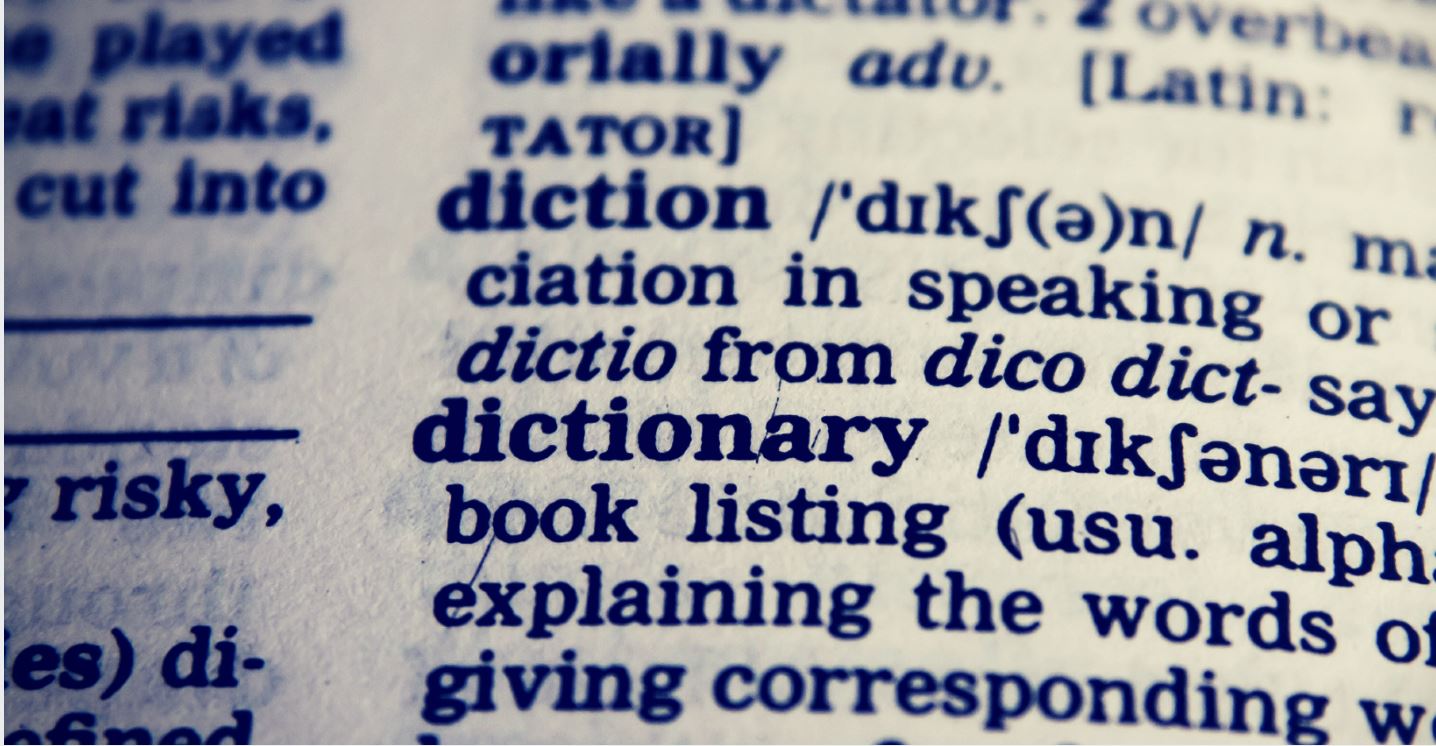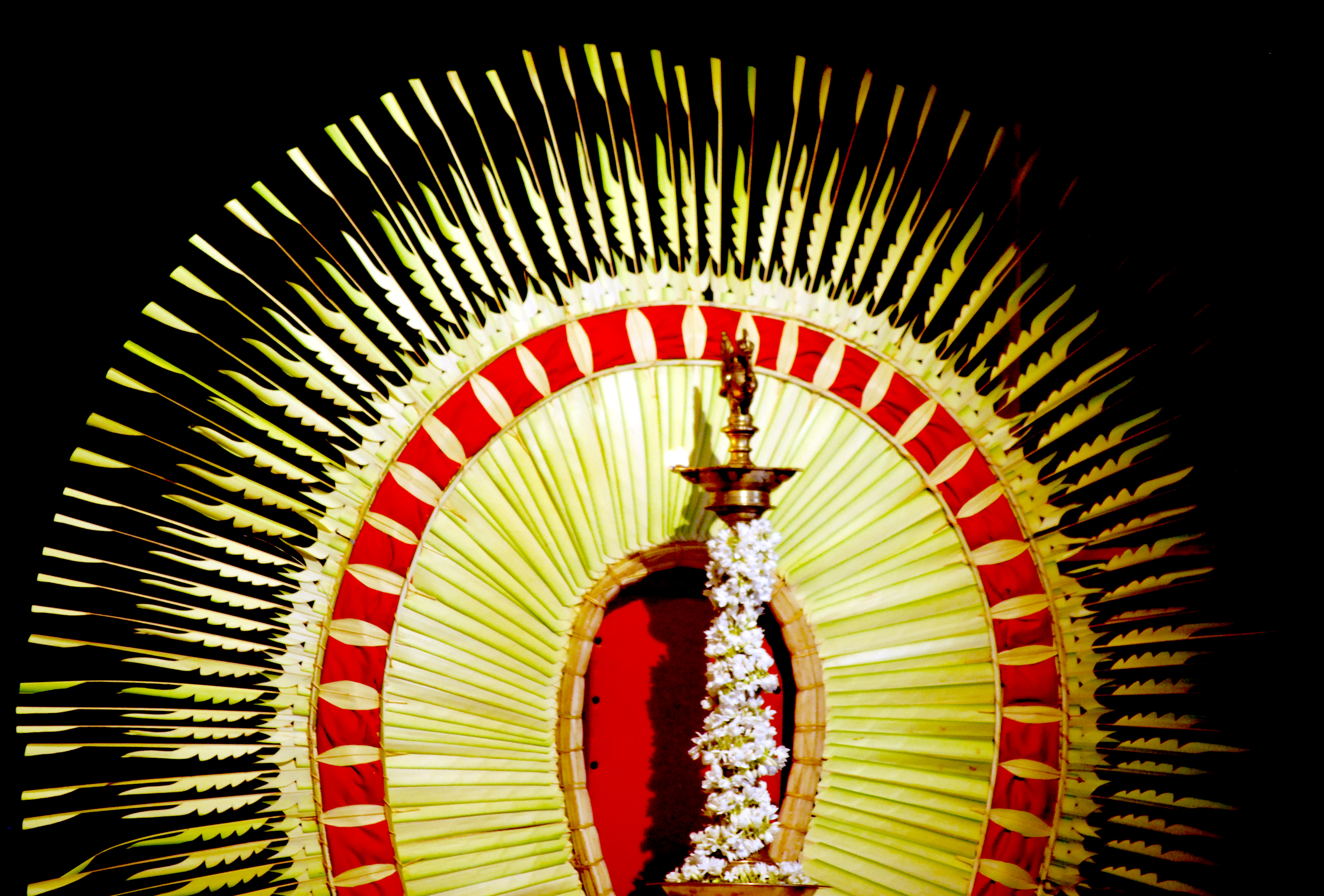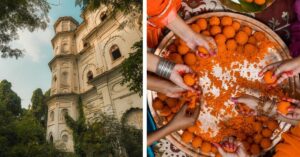Beary Language Got a Dictionary Recently. Here Is a Glimpse Into This Little Known Language
Spoken by the Muslim population along the Mangaluru-Udupi coast and Manjeshwara in Kasargod, Kerala, this language has a history that spans 1200 years.

If you take a trip along the coastlines of Karnataka and Kerala, the number of languages and dialects to be heard will leave you spellbound. For instance, Karnataka’s official language Kannada takes many shapes and forms as you move away from the capital, Bangalore. Popular culture has familiarised people in the state with some of Kannada’s variants, as well as languages such as Tulu, Kodava and Konkani. But, have you heard of a language called Beary?
Spoken by more than 80% of the Muslim population along the Mangaluru-Udupi coast and Manjeshwara in Kasargod, Kerala, this language has a history that spans 1200 years. They also known to have fought against the Portugal and British Imperialism. For a language that has thrived for more than a millennium, you would imagine it has it’s own script, right? Not really. While it can be described as a mixture of Tulu, Kannada, Malayalam and even Arabic, its grammatical structure follows Kannada and Tulu. Since the 1950s, the Beary community has made its presence felt internationally, especially in the Gulf and has more than 15 lakh speakers around the world.
Earlier this week, copies of the first ever Beary-Kannada-English dictionary was sold in Mangaluru by the Karnataka Beary Sahitya Academy. With over 20,000 words, the 876-page dictionary is a huge win for the community, who up until now, worried about losing words due to lack of formal documentation. Although a Beary- Malayalam dictionary in Malayalam script, and an English-Beary Dictionary of 2000 words were previously produced, this is the first dictionary that in Kannada script and on such a scale, where the number of words have increased by more than tenfold since the last attempt. Unlike the Beary-Malayalam attempt, which includes words not only from the Manjeshwar region in Kerala, the new dictionary is more comprehensive as it captures words from Kasargod, as well as the coast. In fact, academy chairman B A Muhammed Haneef said social media helped them create a network of the community across the world, who in turn introduced more Beary words used in different regions.
The word ‘beary’ can be traced back to the Tulu word ‘byara’ which means trade and transactions. They are believed to be the descendents of ancient Arab traders and the indigenous Tuluvas, also involved in trade and commerce. This is evident as more than 50% of the language has Tulu words.
They are also mentioned in traditional folk songs of Tulunadu, indicating that this Muslim community has always had close ties with the Tuluvas.

Culturally, the Beary people have used both, this language and Kannada to produce works of literary merit. Periodical literary summits are also held to make sure this rich culture is preserved for posterity. In fact, they have their own traditional folk songs and ‘ghazals’ in the language, like Kolkkali Patt, (sung during the traditional folk dance of Kolaata played with two sticks), Unjal patt (sung when a child is put onto a cradle) and Moyilanji patt (sung during wedding ceremonies). Electronic documentation is helping in their preservation.
With spikes in communal tension across the country, it’s easy to forget how culturally connected we are. But languages by their very nature have always been considerate in remembering how much they borrow from each other, and the relationships they have forged. A dictionary, in this respect, legitimizes the existence of that language and provides tangible proof of such connections, which transcended religious and caste lines.
Featured Image: Pixabay
Like this story? Or have something to share?
Write to us: [email protected]
Connect with us on Facebook and Twitter.
NEW: Click here to get positive news on WhatsApp!

Similar Story

Beyond Bara Imambara: Heritage Photographer Captures Lucknow’s Hidden History
Maroof Umar loves a good story. Whether it is documenting the last calligraphy artist of Lucknow or finding home chefs who cook the best sheer khurma, here’s how he gives the city’s history a fun spin.
Read more >
If you found our stories insightful, informative, or even just enjoyable, we invite you to consider making a voluntary payment to support the work we do at The Better India. Your contribution helps us continue producing quality content that educates, inspires, and drives positive change.
Choose one of the payment options below for your contribution-
By paying for the stories you value, you directly contribute to sustaining our efforts focused on making a difference in the world. Together, let's ensure that impactful stories continue to be told and shared, enriching lives and communities alike.
Thank you for your support. Here are some frequently asked questions you might find helpful to know why you are contributing?


This story made me
-
97
-
121
-
89
-
167












